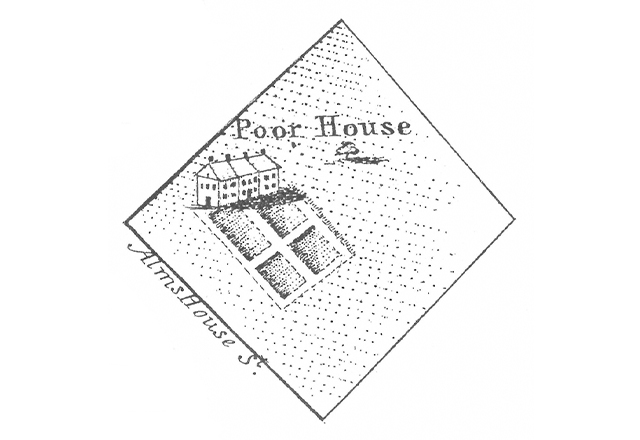A Beacon on the Hill: Bayview Celebrates 250th Anniversary

In 1984, Baltimore City Hospitals officially became part of the Johns Hopkins family, renamed as Francis Scott Key Medical Center.
Today a sprawling medical complex in southeast Baltimore with renowned programs ranging from burn care to gerontology, the Johns Hopkins Bayview Medical Center — which celebrates its 250th-anniversary this year — can trace its start to 1774, as an almshouse for the indigent and infirm.

Housed on just 20 acres of land half a mile west of the city, the two-section building had an infirmary, where a visiting physician cared for ill residents, and a workhouse, where vagrants and petty criminals worked.
Nearly a century later, in 1866, the facility was re-located to today’s spot on a crest overlooking the Chesapeake Bay, with a lighted dome that served as a beacon to sailors. It’s new moniker —the Baltimore Bay View Asylum — reflected an expanded mission: It would serve as an asylum for the mentally ill, as well as a place for the poor, lawbreakers and people needing medical care.
Bayview’s partnership with Johns Hopkins began not long afterward, when pioneering pathologist William Welch, one of Johns Hopkins University School of Medicine’s founding four physicians, began practicing there. By 1886, Johns Hopkins medical students and residents were actively being trained at Bay View, where, in 1890, doctors established separate wards for patients with tuberculosis — believed to be the first separate wards in a U.S. general hospital.
Tuberculosis patients remained a vital population in 1925, when Bay View Asylum was renamed Baltimore City Hospitals. Many mentally ill patients were transferred to new state psychiatric hospitals for treatment as the site’s hospitals shifted to providing acute and chronic care for community members. Expansion quickly followed, with the opening of a new 450-bed general hospital in 1935 (today’s A Building) and the north section of the B Building.
Baltimore City Hospitals officially became part of the Johns Hopkins system in 1984, when the facility was renamed the Francis Scott Key Medical Center and ownership was transferred to The Johns Hopkins Hospital and University. The connection with Johns Hopkins Medicine was burnished a decade later, in 1994, when the site was given the name it carries today: the Johns Hopkins Bayview Medical Center.
Watch a video about the 250-year history of Johns Hopkins Bayview Medical Center, which today serves more than 400,000 patients annually from across the region and around the world: Bit.ly/Bayview250
